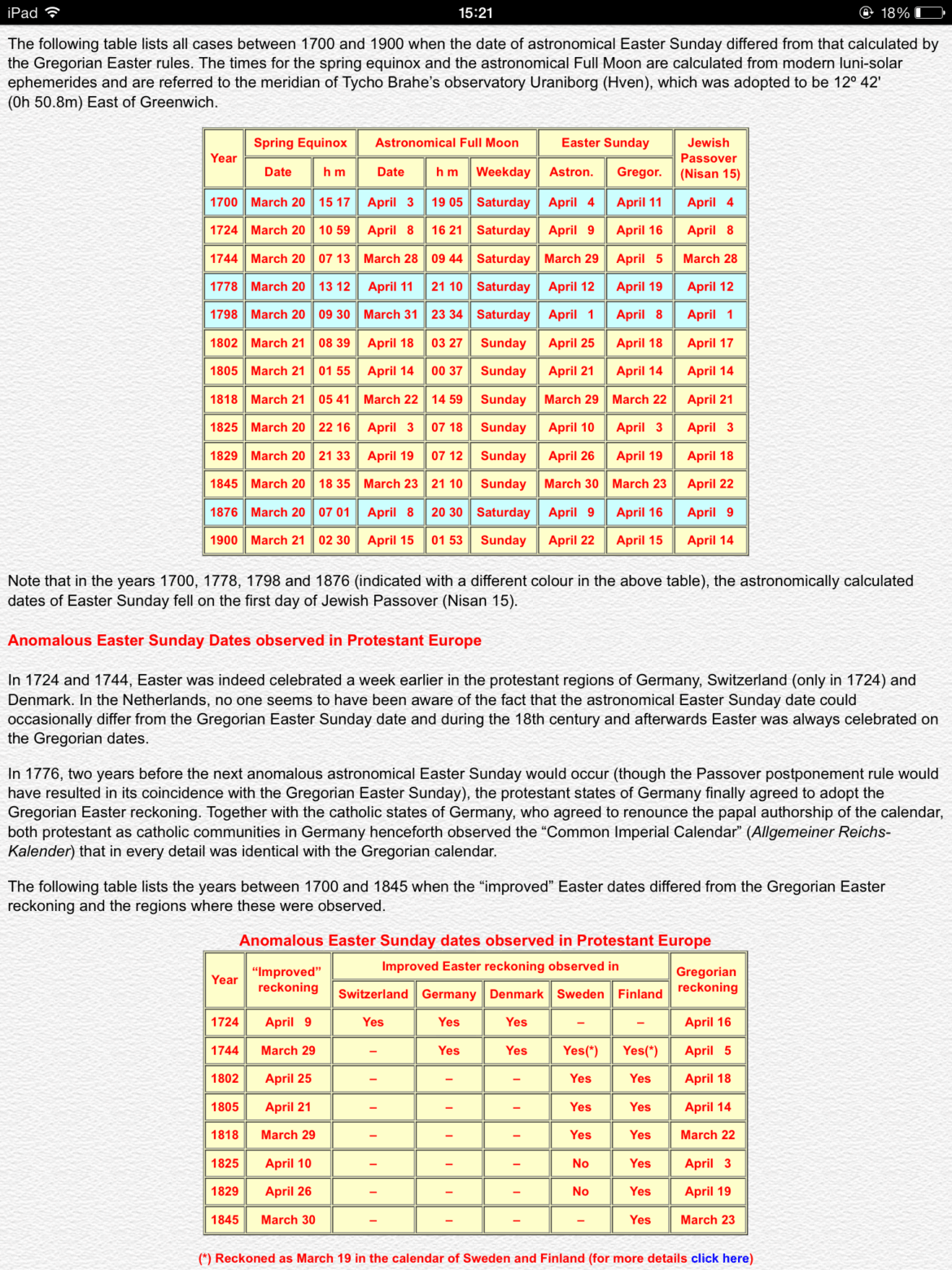Easter, a day of profound significance in the Christian calendar, is celebrated by millions across the globe. While the season is marked by jubilant festivities and solemn reflections, the determination of its date remains an intricate dance between celestial mechanics and ecclesiastical tradition. The process is akin to a grand symphony, where the moon and the sun perform in harmonious concert, guiding the faithful to this pivotal moment in the Christian year.
At the heart of this calculation lies the Paschal Full Moon, a term resonating with the weight of history and theology. The Church has long employed a lunar calendar, acknowledging the influence of the moon as it waxes and wanes in celestial abundance. In essence, Easter is celebrated on the first Sunday following the first full moon occurring on or after the vernal equinox, which typically falls around March 21. This astronomical framework not only serves as a temporal guide but also embeds the celebration within the natural rhythms and cycles of creation.
The intricacies of this formula reflect a worldview that intertwines the divine and the mundane. The vernal equinox, signifying rebirth and renewal, aligns beautifully with the themes of resurrection central to the Easter ritual. Much like a seed nestled within the earth, awaiting the kiss of spring to burst forth into life, the faithful greatly anticipate this transformation — the transition from darkness to light, from despair to hope.
To delve deeper into the ecclesiastical side of Easter’s date is to tread through a historical tapestry woven with threads of varying traditions and practices. The early Church, grappling with the legacy of the Jewish Passover, sought to establish an understanding of Christ’s resurrection that transcended its Judaic roots. As a result, the Council of Nicaea in 325 AD codified the method of calculation, solidifying the relationship between the resurrection and the lunar calendar while ensuring that Easter would always fall after the Passover. The juxtaposition of the two celebrations symbolizes a rich theological continuity, one that affirms the continuity of God’s covenant with humanity through time.
Moreover, the term ‘ecclesiastical’ invites contemplation on the Church’s authority to dictate the rhythm of the liturgical year. It reflects a profound belief that the Church, under divine guidance, has the responsibility of fostering the spiritual journeys of believers. Such a perspective positions Easter not merely as a date on a calendar but as an invitation to engage with the mystery of salvation itself, illuminating the path toward existential truths that echo throughout the ages.
As one might observe, the interplay between the lunar and solar calendars gives rise to a remarkable phenomenon: Easter can be celebrated anywhere between March 22 and April 25. This variability adds a layer of excitement and anticipation. Each year’s date becomes a unique brushstroke on the canvas of the ecclesiastical calendar, inviting contemplation about the cyclical nature of time. The metaphor of the wheel, turning steadily yet uniquely with each revolution, captures this essence beautifully.
Equally intriguing is the broader cultural significance of Easter across various Christian denominations. While the western traditions predominantly follow the Gregorian calendar, many Eastern Orthodox Churches adhere to the Julian calendar, leading to a divergence in dates celebrated by different Christian communities. This dissonance is not merely a matter of calendar mechanics; it embodies the diverse expressions of faith that flourish within the Christian tradition, demonstrating the boundless creativity of human spirituality.
When considering the implications of this date-setting process, one may also ponder the metaphorical significance of seasons and cycles in the spiritual life. Much like the waxing and waning of the moon, believers experience their own cycles of faith—times of fervent belief and seasons of doubt. Easter serves as a poignant reminder that resurrection can follow even the most profound despair. The date of Easter is not a mere logistical detail but rather a proclamation of hope, a reminder that life emerges from death, and that light shall overcome darkness.
A further exploration into the anthropological dimensions of Easter reveals the profound rituals associated with the celebration. Traditions like the Easter egg and the Paschal candle are rich with symbolism. The egg, a vessel of potential, mirrors the tomb from which Christ emerged victorious, while the light of the Paschal candle symbolizes the radiance of Christ’s resurrection illuminating the world. Such practices demonstrate how the calculation of Easter’s date extends beyond mere numbers; it encapsulates the very essence of the Christian narrative—transformation through divine grace.
In conclusion, the calculation of Easter’s date weaves together astronomical observations and ecclesiastical authority in a manner that transcends simple arithmetic. It embodies a narrative that binds the individual believer to the broader Christian community and the cosmos itself. Each year, as the full moon graces the sky amid the approach of spring, believers are invited into a profound dialogue with their faith, challenged to embrace the eternal truths of resurrection and renewal. The date of Easter is thus not simply a mark on a calender; it resonates as a timeless invitation to live within the rhythms of grace, love, and redemptive hope.



